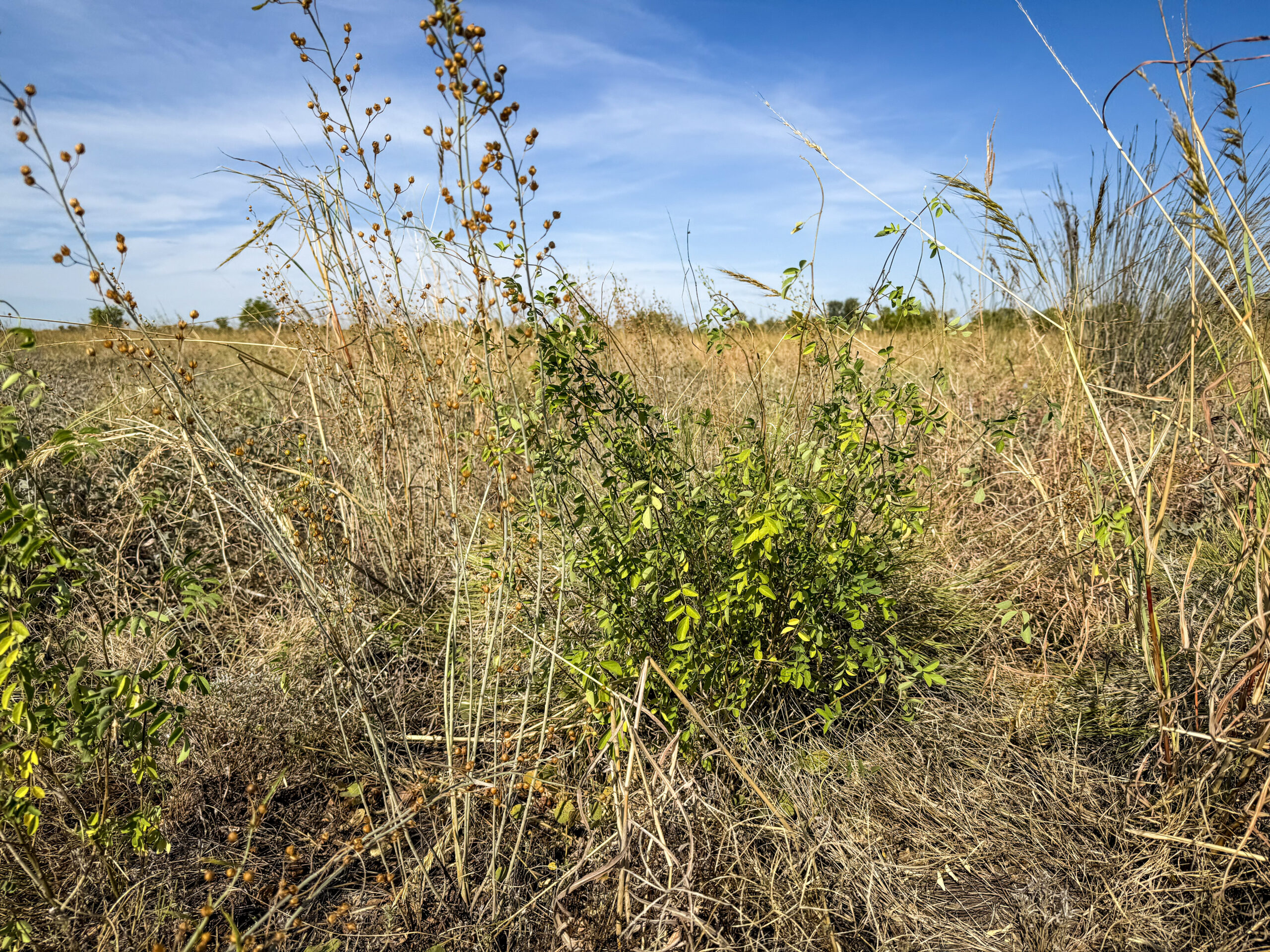Updates from the Legume Demonstration project in the Victoria River District, NT
The Victoria River District (VRD) legume demonstration sites are entering their third year. Early results are providing practical guidance for producers considering legumes to lift productivity. While the 2023-24 wet season was exceptionally wet (99th percentile) clear establishment patterns are emerging across sites and seasons. So, what do we know so far?
What we are learning:
- Sowing timing is critical – January sowing has delivered the best establishment. This period aligns with the most reliable early rainfall in the VRD, reducing the risk of false-start germination events and supporting early growth on stable soil moisture.
- Stand-out performer – Butterfly pea (cv. Milgarra) has shown the most reliable establishment and early persistence across years, sites, and treatments. Desmanthus (Progardes), Seca and Verano stylo also established but at much lower densities.
- Seedbed matters! Burning native pastures prior to sowing to remove rank carry-over feed with a cool burn has consistently improved legume establishment. Sites with high ground cover prior to sowing had little to no establishment, even at higher sowing rates.
- Sowing Rate: Establishment increased as sowing rates increased, though benefits plateaued beyond 5 kg/ha. In VRD conditions, moderate rates around 1-3 kg/ha performed well when season and seedbed were favourable.
- Site effects: Results varied by location, reinforcing the role of soil type, nutrient availability, and water holding capacity in legume performance.
- Best practice snapshot: For alluvial clay soils, a burnt seedbed, January sowing, moderate sowing rates (around 1-3 kg/ha), and butterfly pea provide a strong starting point.

What does this mean on station?
- Prioritise seed bed preparation: Where feasible, plan a cool burn to create a clean seed bed before January sowing.
- Avoid over-capitalising on seed. Start moderate and adjust based on site response.
- Match species to soils: Butterfly pea on alluvial soils has consistently shown promising establishment so far.

Questions?
For more information about this demonstration please contact Caz Pettit, Caroline.pettit@nt.gov.au.
The “Overcoming the knowledge gaps” project began in collaboration with the University Of New England and was funded by Future Drought Fund. The project will continue for another 12 months in collaboration with WADPIRD and funding from the Northern Hub.